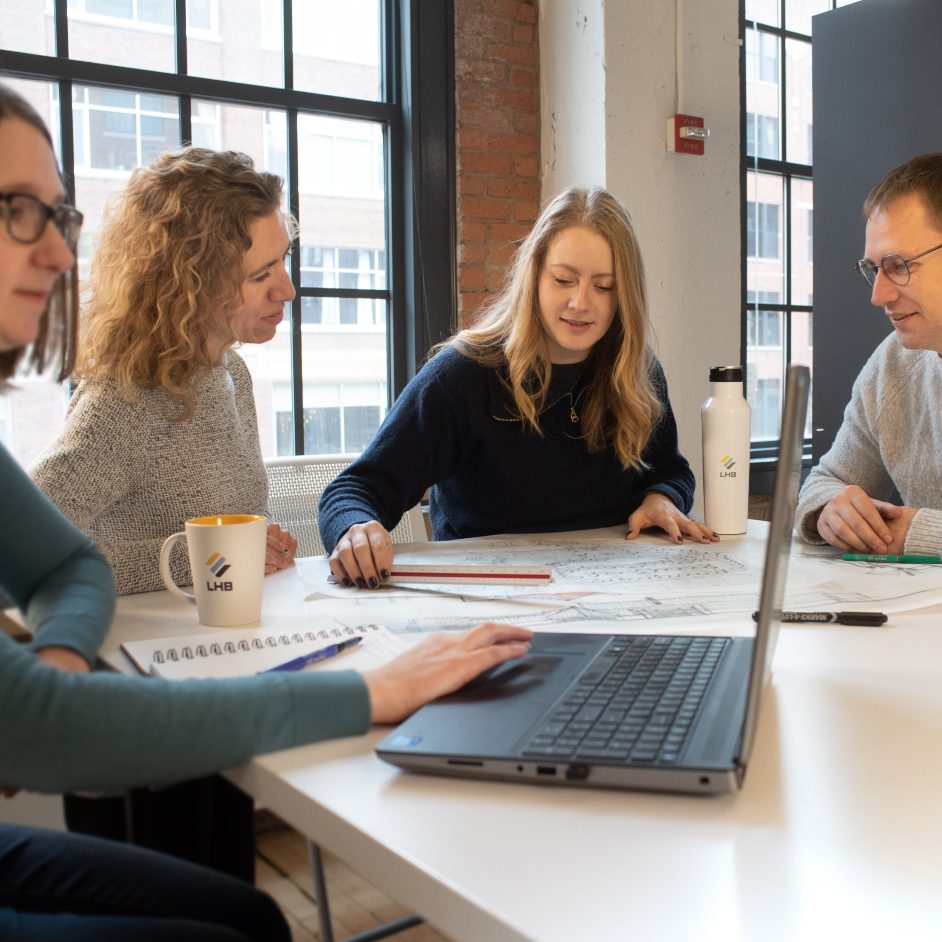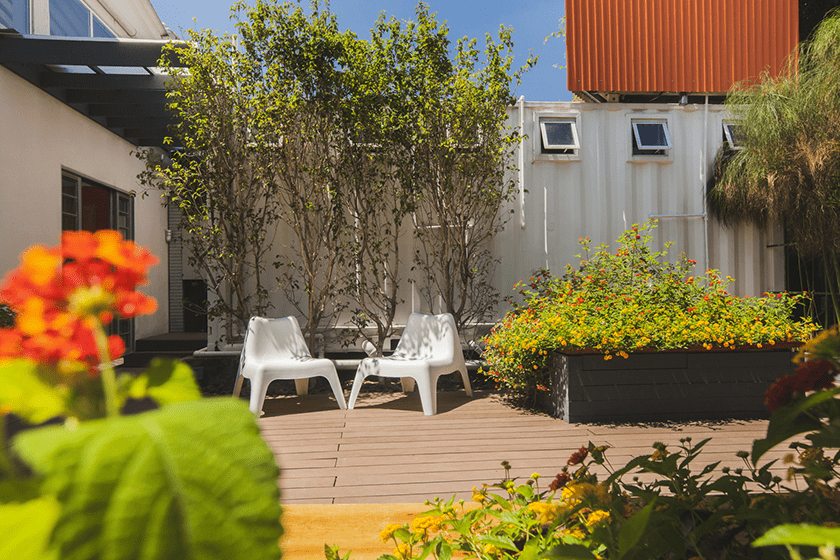
The 7th annual IMPACT conference on May 1, 2018 in St. Paul, was centered on “The New Way Forward”, focusing on the future of green building design and growing the movement. Ahead, three key elements to the new direction as gathered by the author from this year’s conference.
Lead by Example
A common theme of the educational sessions revolved around building design professionals leading by example.
- One of the three concepts of sustainability at Kohler Co. involves educating professionals at all levels on sustainable practices and to consider the environmental impact of products early in design.
- Kraus-Anderson’s new headquarters in downtown Minneapolis is pursuing LEED Silver certification, a natural move since many LEED concepts are built into company standards, but came with teaching moments as three offices merged into one – including adapting to a reduced number of printers and installing an infused water station instead of soda fountain.
As building design professionals, we cannot expect others to be on board with sustainability concepts we ourselves aren’t committed to, so leading the charge is an essential part of the way forward.
Leading with Purpose
- After the opening remarks from Kimberly Lewis, Senior Vice President for Market Transformation and Development in North America, USGBC, I was even more excited for her bonus lunch session for Emerging Professionals titled Leading with Purpose. Her passionate delivery and “call and response” style of energizing the audience was a refreshing way to kick off an all-day conference.

Kimberly acted mainly as a facilitator for discussion and pushed session attendees to both look inside themselves and to take action. “Who wants to be bold?”, she asked. “What do you need to be today to get to the future?”

As young professionals start their careers, the unknowns can make the journey a little uneasy – where to work, maybe start their own business, facing pushback from colleagues set in their ways, pursuing further education or credentials, concerns about meeting expectations – the list goes on. Having a strong set of values and vision of the future while still being eager to learn and willing to go with the flow can be an opportunity to take more risks and make waves at a time when our buildings and communities need change.
The Second Wave – Equity
Rachel Gutter’s closing keynote outlined ten “Market Transformation Rules”, including The Second Wave of sustainable building design – focusing on green buildings for all people. At first, green buildings had been exclusive, thought of as cost prohibitive, or seen as a premium benefit to an already luxury space. Gutter recognizes how climate change experts and sustainable design professionals “fail to personalize our message” and reminded conference attendees that “we are all in this together”.

Another LHB conference attendee, Maureen Colburn, AIA, LEED AP BD+C, regarding the closing keynote, “appreciated her reminder to incorporate equity in all we do.”
Humanizing sustainability and a greater consideration for all is a big part of the new way forward for green buildings. From Kimberly Lewis’s opening remarks, “Green building is not just for the wealthy. We are the ones who must build the bridges and take down the walls.”
I urge you to think about: leading by example, leading with purpose, and leading with equity; and call you to action by asking, as Kimberly Lewis asked us, “Who wants to be bold?”, “What do you need to be today to get to the future?”.

